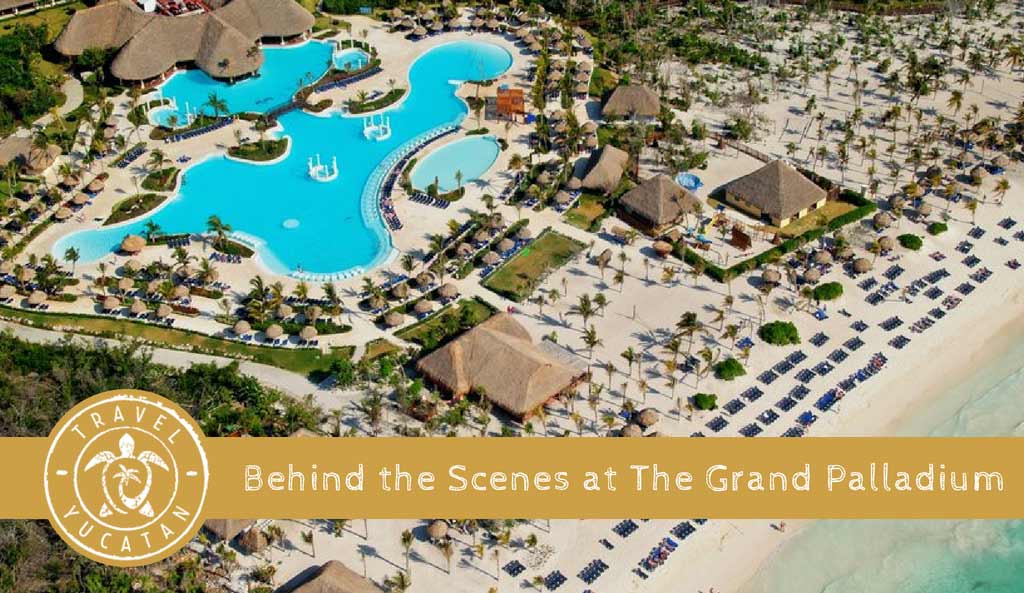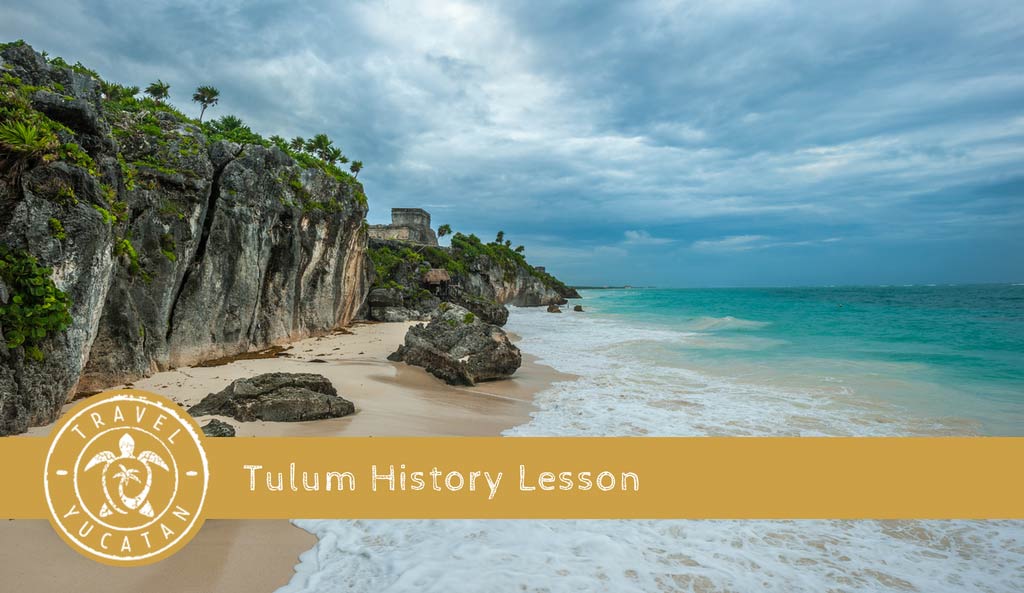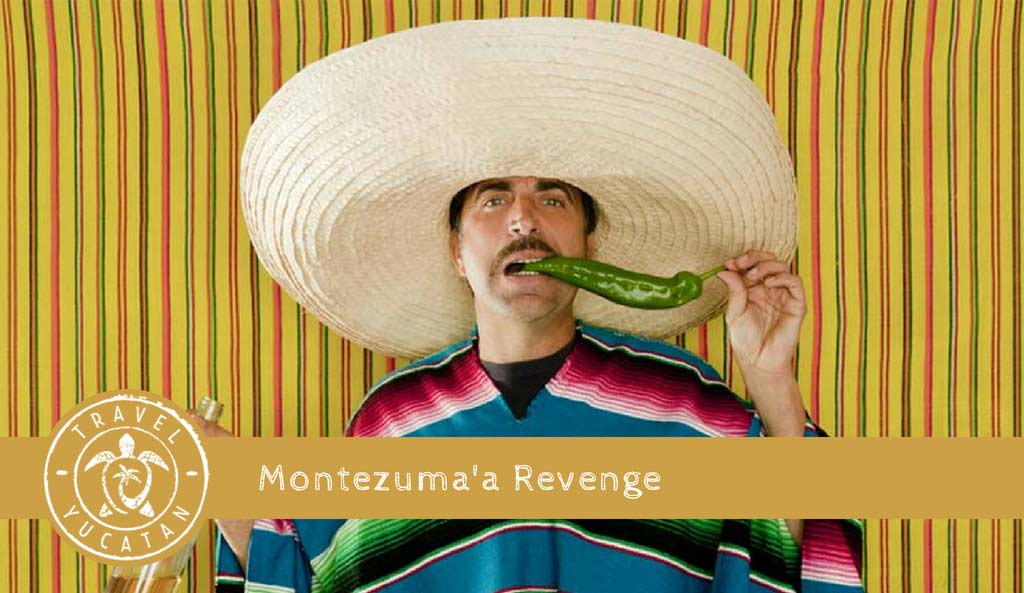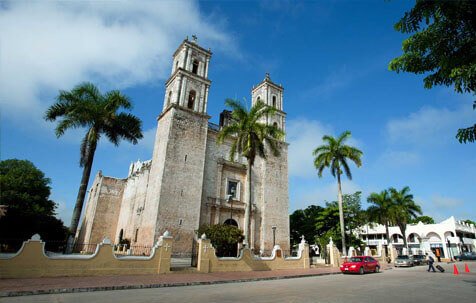|
Ethnographic studies of community interaction often serve to inform educators about how knowledge is transmitted independent of formal education (e.g. Brice-Heath 1983, Zentella, 1997). Outside of the sphere of public education young people in Mexico engage in informal learning every day. This project explores informal education in the Yucatan; and socialization processes. Through observations, interviews, and interactions we investigated how knowledge is transmitted inter-generationally in non-institutional arenas.
Our research focuses on who “teaches,” in what manner, what the kinship ties are,and how young people are recruited into a trade or profession. We have found from our field research that the people studies have learned their trade by observing and being apprenticed by an ‘expert’ in the field they are pursuing.
In this informal education mentors of artisans and craftsmen employ techniques appropriate for visual and tactile learners. This is a type of learning style which focuses on observing and doing while learning. The ‘assessment’ is also informal and may take the form of creating an item that receives praise, making a sale, or simply developing a positive relationship with a family member or peer. This is unlike the more traditional teaching style often used in Public Schools (in the U.S. and other countries) which includes a didactic lecture and written assignments and texts.
Other types of learning involve interpersonal communication, whether it be between parents and children, peer to peer, or mentor to mentee. It seems that the people that we interviewed were drawn to their trade/vocation/lifestyle as part of a process of connecting to other individual(s) for whom they had respect/and or affection.
It is important for teachers who intend to teach minority Mexican students in the US, or teachers who wish to teach in exchange programs in Mexico to understand how Mexican students acquire knowledge in and outside of the classroom. This project has given great insight into Mexican students in general as to what strategies and methods to use when teaching a Mexican student in Mexico or the United States.
Additionally, in an effort not to overgeneralize, teachers must realize that learning styles vary from student to student as evidenced by the work done by Dunn and Dunn (1993) , and the work of Jensen (1997), in the area of brain research and Gardner (1993), in the field of multiple intelligence.
University of Florida for permission to reprint this article.






